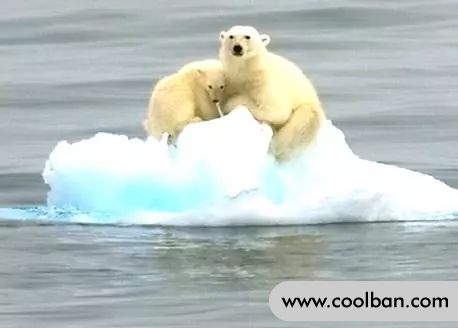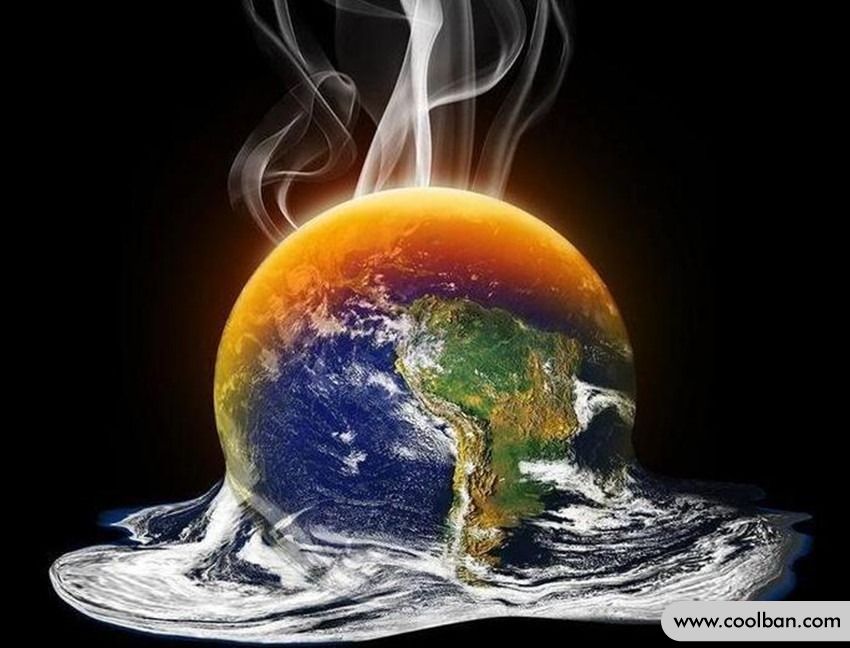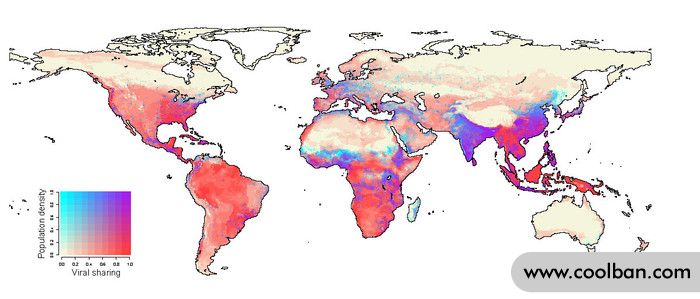What epidemics will a warming climate trigger?
There are at least 10,000 in nature This virus has the ability to infect humans, but most viruses currently only spread silently in wild mammals. However, changes in climate and land use could open up new opportunities for virus sharing among previously geographically isolated wildlife species.

Recently, a paper published in "Nature" pointed out that at least 15,000 cases are expected to occur by 2070, driven by climate change. A new cross-species virus transmission. These increased virus sharing opportunities may improve the next 50 Risk of emerging infectious diseases jumping from animals to humans during the year, especially in Africa and Asia.
Researchers predict that as the global climate continues to warm, wild animals with many parasites and pathogens will be forced to migrate their habitats. However, these desperate wild animals are likely to migrate to places where humans live. This phenomenon will greatly increase the risk of virus transmission to humans, leading to new epidemic outbreaks.
The scientists also point out that climate-driven species dispersal and viral evolution may already be happening. These climate shifts may have led to the emergence of Ebola, coronavirus, or other new viruses, making new viruses harder to track, and making it easier for viruses to cross "stepping stone" species into humans, where pathogens spread from wild animals to humans .
As the climate warms, many animal species are being driven to new environments, along with their parasites and viruses. These geographic shifts due to climate change may facilitate the exchange of viruses between previously disjoint species, and may facilitate the “spillover” of zoonotic diseases, the transmission of viruses from wild animals to humans.

Until now, few studies have assessed how global climate change affects potential future virus sharing and emerging disease hotspots. In this latest study, Colin Carlson and colleagues looked at how the geographic ranges of 3,870 mammal species could change by 2070 under different climate change scenarios.
Using a model of mammalian virus-sharing patterns, researchers The chances of future cross-species virus transmission between species are predicted. New encounters between mammal species due to climate change are likely to occur anywhere in the world, but will be concentrated in areas with high population densities in tropical Africa and Southeast Asia. in a warming climate Under the 2°C scenario, it is estimated that by 2070, the reorganization of mammalian distribution driven by climate change will lead to at least 15,000 A new cross-racial virus sharing event. And the study predicts that these new virus-sharing events are largely driven by bats, which may carry viruses that are easily transmitted to humans.

The focus of this work is on changes in geographic range, which will lead to changes in the habitats of different mammals, so when mammals of the same species encounter mammals of other species for the first time, Geographical shifts caused by climate change may facilitate virus exchanges between previously disjoint species, causing them to share thousands of viruses.
And the worry is that animal habitats will disproportionately move to the same places as human settlements, creating new spillover viruses. In today's global warming 1.2 In extreme cases, much of this process may already be underway, and efforts to reduce greenhouse gas emissions may not prevent these events from occurring.

Another important finding is that rising temperatures will have an impact on bats. Bats are known to be among the biggest carriers of the novel virus, and their ability to fly will allow them to travel long distances and share the most of the virus. Due to the central role of bats in the emergence and spread of viruses, the greatest impact of climate change on pandemic outbreaks is expected to be in Southeast Asia, as this is a global hotspot for bat diversity.
Taken together, the study shows that the impact on human health could be staggering as the virus begins to spread between host species at unprecedented rates. And climate change will be the biggest upstream risk factor for the emergence of a pandemic — ahead of high-profile issues such as deforestation, wildlife trade and industrial agriculture.
"COVID-19 the pandemic, and before The spread of SARS, Ebola, and Zika showed that the spread of viruses from animals to humans can have a huge impact. To prevent their re-transmission to humans, we need to understand their spread in other animals. The study suggests that animal movements and interactions caused by a warming climate may increase the number of viruses jumping between species. "
